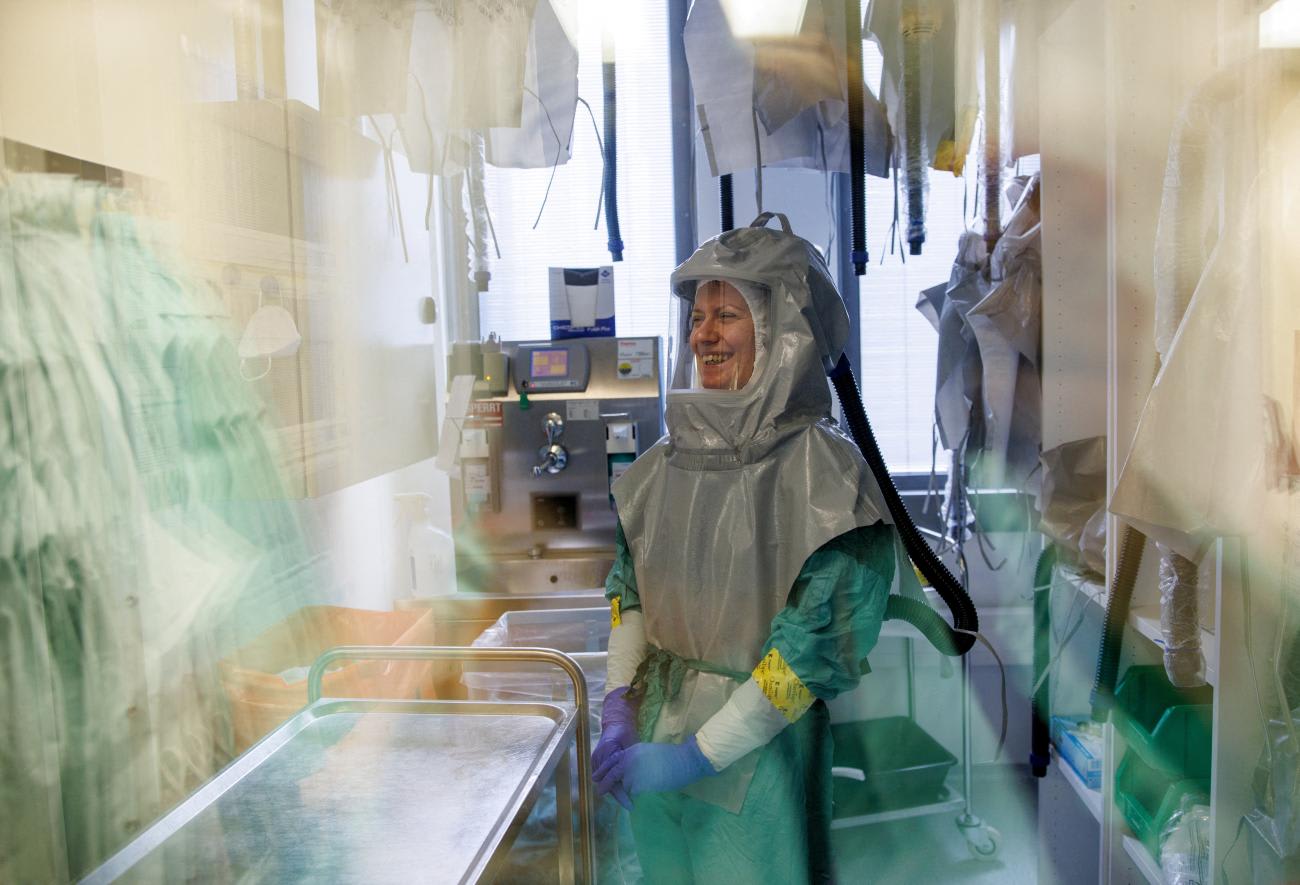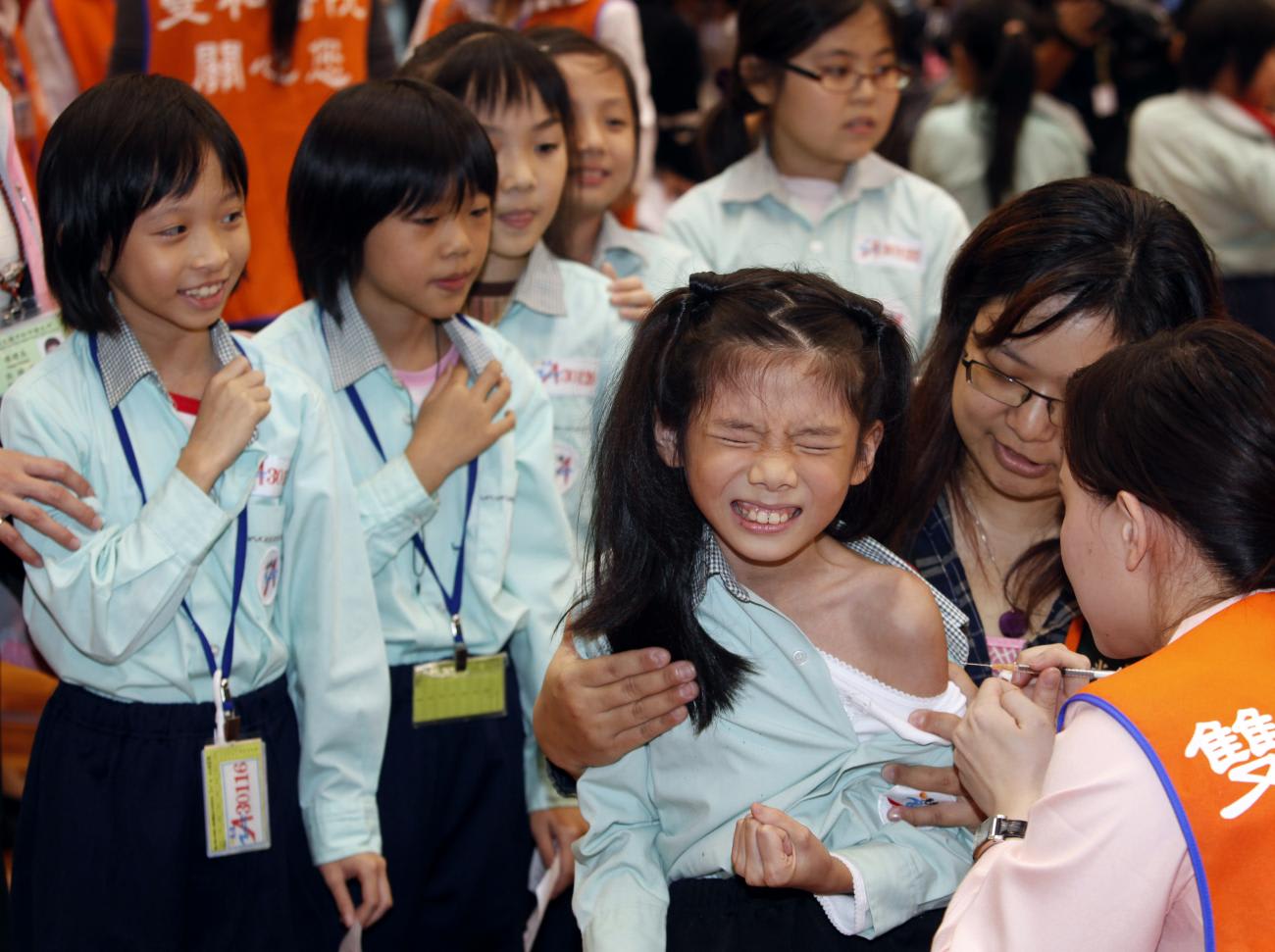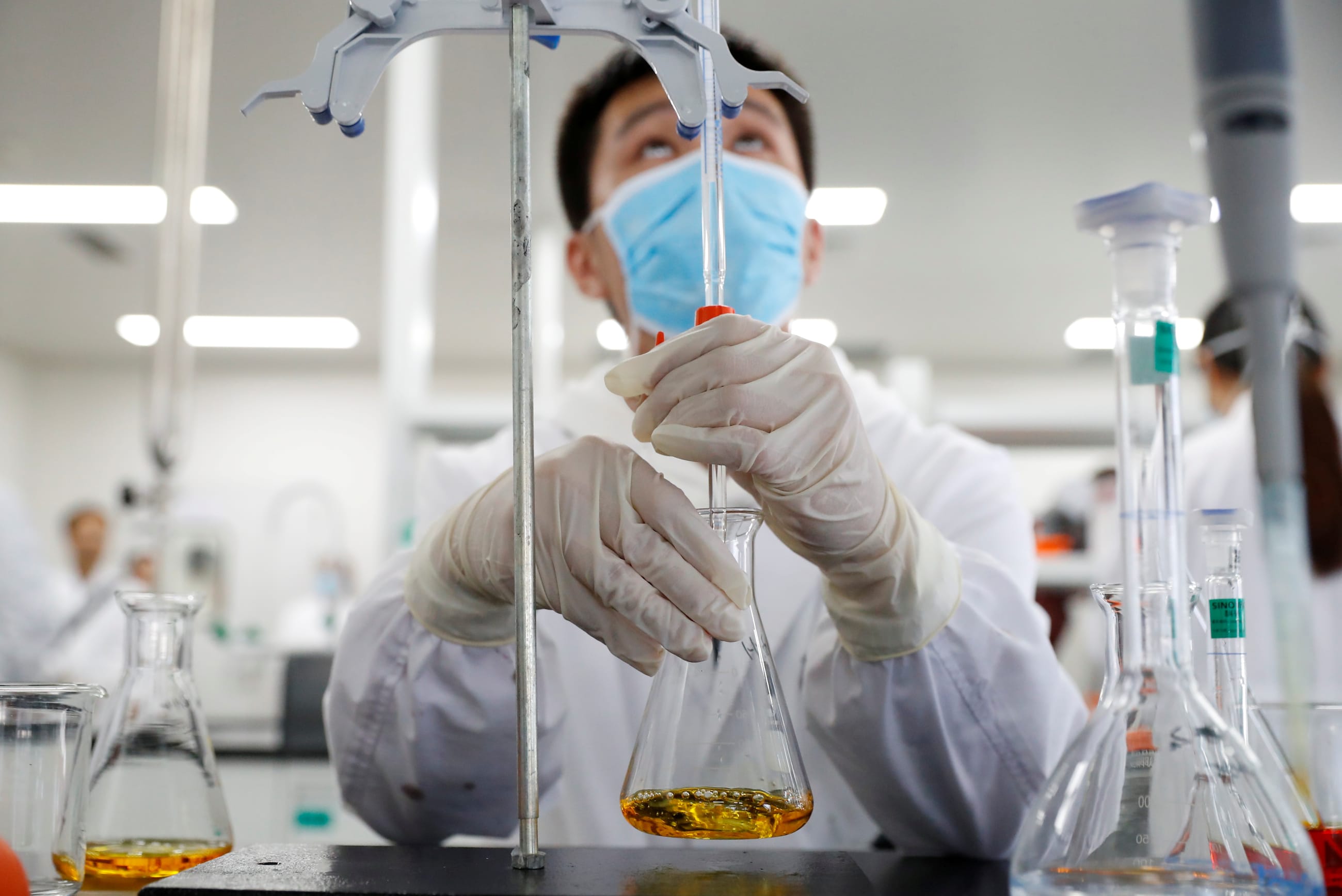Before the COVID-19 pandemic, I spent a lot of time convening pandemic "war games."
These simulations asked leaders from around the world across different policy sectors to consider hypothetical pandemic scenarios. The ultimate purpose was to raise awareness and mobilize action to improve preparedness and response strategies and capabilities for dangerous outbreaks. Fundamentally, these events sought to help break the cycle of panic and neglect that has characterized investments in public health and biosecurity for so long.
The response to COVID-19 has shown that simulations and other efforts on pandemic preparedness and response may have underestimated the single most important factor enabling some of the most effective responses to the COVID-19 crisis: the revolutions in biotechnology and the bioeconomy.
Turn Back Time
Although pandemic simulations aren't much in demand these days, we can run two hypothetical scenarios that highlight the impact of new biotechnologies on pandemic preparedness and response.
A cycle of panic and neglect has characterized investments in public health and biosecurity for so long
In the first hypothetical, imagine if SARS-CoV-2 emerged not in 2019, but, rather, ten years earlier, in 2009. "COVID-09," if you will.
The response to a COVID-09 pandemic would have been radically different from the COVID-19 response. And much more difficult. To illustrate the point, consider the response to the H1N1 pandemic in 2009-10 and focus on two major pillars of the COVID-19 response—vaccines and detecting and tracking variants.
Vaccines have been our best tool to manage the risk and impact of COVID-19. By the end of the H1N1 pandemic, countries had administered over 350 million doses of influenza vaccines by leveraging the significant existing influenza vaccine manufacturing capacity. For comparison, nations have administered over 9.8 billion doses of COVID-19 vaccines that were developed and manufactured with unprecedented speed and scale in response to a novel virus. In particular, the leading COVID-19 vaccines, the mRNA vaccines, moved from the lab bench to billion-dose scale over the last decade.

How about variant detection and tracking? Identifying and tracking the emergence of COVID-19 variants—for example, delta and omicron—that might pose an increased public health risk has been essential to informing responses to the pandemic. The speed and scale at which these tasks have happened during COVID-19 would have been impossible a decade ago. During the H1N1 pandemic, the United States sequenced less than 10,000 influenza samples. Today, over 7 million SARS-CoV-2 sequences have been shared with the GISAID Initiative. And artificial intelligence is being used to analyze volumes of sequencing data to provide advance warning of high-risk variants and to inform the production of adapted vaccines—something that would have been science fiction in 2009.
The Biotechnology Revolution
What happened between 2009 and today? How did we get from 350 million doses of vaccine and 10,000 sequences during the H1N1 pandemic, to 9.8 billion doses and 7 million sequences—and counting—in the current pandemic?
Comparing the two pandemic responses creates challenges, but the difference in the ability to deploy vaccines and detect and track variants is remarkable. And lessons from the comparison hold promise for pandemic preparedness and response moving forward.
The world largely did not take the risk of pandemics seriously before COVID-19—even after H1N1, we were unprepared
No matter how many simulations we convened, the world largely did not take the risk of pandemics seriously before COVID-19. Even after H1N1, we were unprepared.
In 2017, a World Bank working group recognized that investments in health security were generally neglected, outside of bursts of panicked activity, usually in response to the latest outbreak. In 2019, the high-level Global Preparedness Monitoring Board issued its first report just months before the world mobilized in response to COVID-19 and noted that countries remained unprepared, "For too long, we have allowed a cycle of panic and neglect when it comes to pandemics: we ramp up efforts when there is a serious threat, then quickly forget about them when the threat subsides."
So, if big investments in pandemic preparedness and response were not the primary driver of the new biotechnology capacities brought to bear against COVID-19, what was?
The answer is the bioeconomy.
The Bioeconomy Revolution
Today's bioeconomy is the major reason why our biotechnology tools for responding to COVID-19 are so much better than they were for H1N1 in 2009.
The Organization for Economic Cooperation and Development defines the bioeconomy as "the set of economic activities relating to the invention, development, production and use of biological products and processes." Traditionally, these activities have been concentrated in the pharmaceutical sector, and most people probably still associate biotechnology with medical applications. But that's changing quickly.

Since the H1N1 pandemic, DNA sequencing has become important to many economic activities. This need has increased incentives to improve sequencing technologies and has contributed to the substantial drop in cost of sequencing DNA. For example, the costs associated with DNA sequencing were 100 times cheaper in 2019 than in 2009. As a result, DNA sequencing has become a fundamental capability within the modern bioeconomy.
As the costs of biological engineering drop, and as production processes utilize automation, artificial intelligence, and data-analytics, the bioeconomy is moving beyond health care. In fact, many, if not most, of the cutting-edge applications of biotechnology that will shape the future bioeconomy are outside of human health. More and more, biotechnology contributes to products and processes we rely on for agriculture, food, consumer goods and services, materials, and energy.
Today's bioeconomy is the major reason why our biotechnology tools for responding to COVID-19 are so much better than they were for H1N1 in 2009
Another reason the bioeconomy is expanding beyond health care is that new biotechnology tools increasingly offer solutions to other major environmental and social challenges we face today. Biotechnology offers new means to address not only pandemics but also climate change, food insecurity, and biodiversity loss. For example, biotechnology stands to play an essential role in removal and reduction of atmospheric carbon.
The response to the COVID-19 pandemic has shown that, when combined with public sector leadership and support, the bioeconomy offers ready capacity for biosurveillance, environmental monitoring, and continuous development and large-scale production of diagnostics, therapeutics, and vaccines.
Fast Forward
With that in mind, imagine that, in 2029, the world confronts a novel coronavirus as or more dangerous than SARS-CoV-2. What might the bioeconomy look like when COVID-29 strikes?
The McKinsey Global Institute has estimated that the bio-based economy could create approximately $2 trillion to $4 trillion of direct annual economic impact over the next ten to twenty years. In addition, up to 60 percent of the physical inputs to the global economy—such as wood, livestock, plastics, and fuels—could be made through biotechnologies, with up to 30 percent of private-sector research and development spending focused on biology-related industries.
With a bioeconomy that big and dynamic, the cutting-edge biotechnology that produced the fastest vaccine development and manufacturing in history in response to COVID-19 is only a preview of the contributions that biotechnology could make to pandemic preparedness and response in 2029.
Imagine what such a vibrant bioeconomy might make possible in responding to COVID-29 in areas where problems have emerged with COVID-19, such as inequitable vaccine access. For example, in a more advanced bioeconomy, envisioning a global network of "evergreen" vaccine manufacturing capabilities across both high- and low-income nations is plausible when, between pandemics, these biomanufacturing facilities are busy providing day-to-day solutions for, among other things, food insecurity and climate change.
The response to COVID-19—and the COVID-09 and COVID-29 hypothetical scenarios—suggests that policymakers around the world should take full advantage of the growing global bioeconomy in improving pandemic preparedness and response strategies and capabilities. The bioeconomy of the future offers our best shot at ending the panic-and-neglect cycle in pandemic policies, developing better tools for preventing, detecting, and responding to epidemics and pandemics, and supporting sustainable development around the world.












